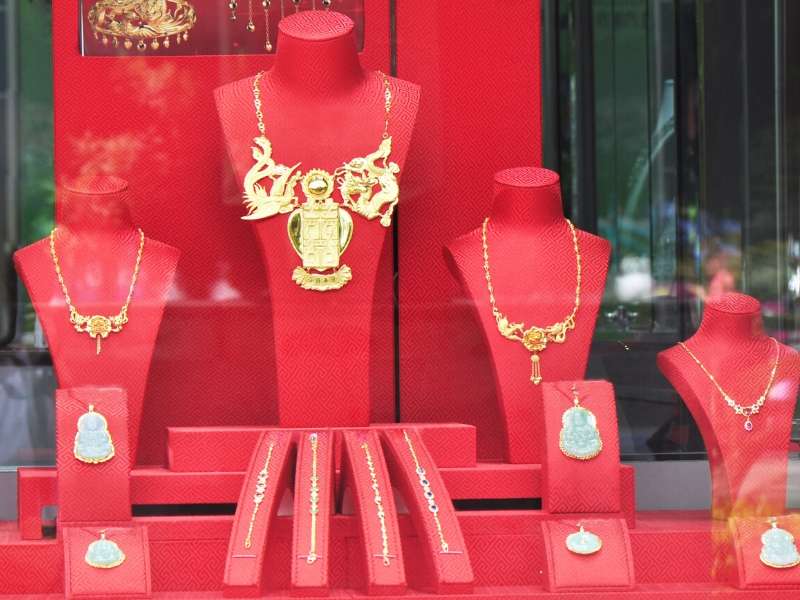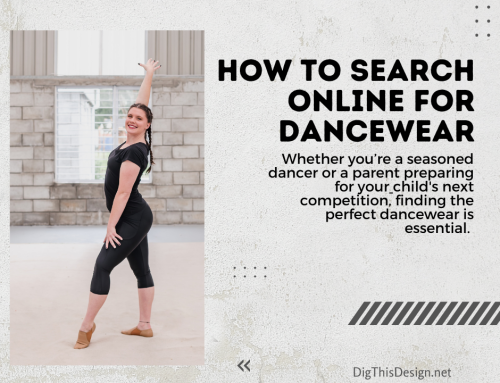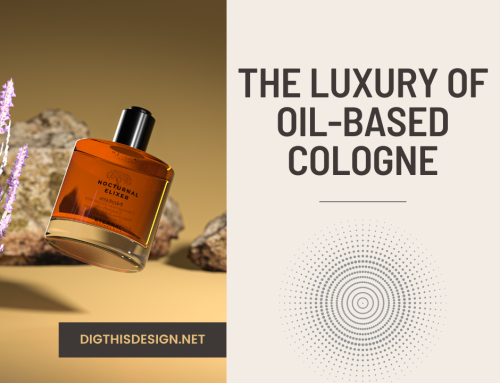I am a girl that appreciates beautiful jewelry and thanks to my husband who likes to please me, I have been collecting fine jewelry for thirty years. I never want to pay full price, but when you are shopping for the deal it is important to know just what to look for to not be ripped off. Today’s post is all about shopping for the deal and tips for purchasing fine jewelry that will help you make the right decision.

How to Buy Gold
The Business Standard says that pure gold is too soft to use as jewelry, so jewelry makers mix it with other metals like silver and copper to give it strength. The most common options for gold jewelry are 14 karats, 18 karats, 22 karats, and 24 karats. The higher the karat number, the purer the gold. Other metals can also be added to change the color of the gold. For instance, mixing gold with palladium creates white gold, while copper imparts a rose hue. Depending on the combination of metals you can even have colors such as purple or black. Many fine jewelry designers are combining the different colors of gold to create a statement piece.
In almost every country, the law requires that every piece of gold jewelry must be stamped clearly to indicate its karat value. Do not buy a piece of gold jewelry that does not have a stamp on it, and before you make your purchase you might want to have your jewelry appraised by a certified appraiser with a GIA Graduate Gemologist diploma.
How to Buy Platinum
The Federal Trade Commission notes that platinum jewelry does not contain 100 percent platinum. As with gold, platinum is mixed with other metals such as palladium, or even iridium or cobalt. Platinum jewelry should always be labeled according to its purity. To be sold as platinum jewelry a piece must contain at least 95 percent platinum. Other labels include 850, which is 85 percent platinum and 15 percent of other metals. 800 Pt 200 Pd labeling means that the piece contains 80 percent platinum and 20 percent palladium, this label can only be used for this combination. Another label will show 75 percent platinum and 25 percent copper, while a piece of platinum jewelry with no marking at all, contains less than 50 percent platinum and should not be sold as platinum.
How to Buy Diamonds
The Gemological Institute of America is one of the largest training institutes of gemologists in the world. When they say that you should look for a professionally trained and accredited gemologist, you should listen – they know a lot about diamonds. You should be able to be furnished with a diamond grading report, and an outside appraiser to accurately evaluate your diamond’s value. The main thing to keep in mind when purchasing a diamond is the four C’s.
• Color: Perhaps the best-known color of a diamond is the perfectly clear and colorless classic diamond. However, diamonds come in many other colors, called fancy colored diamonds, though these colors are very rare and highly sought after. Bankrate notes that colored diamonds can come in shades of pink and red, blue and green, or even yellow, cognac and chocolate brown. Colored diamonds are rapidly gaining in popularity as an alternative to the ubiquitous colorless diamond.
• Cut: A well-cut diamond allows light to enter through the table portion of the cut and travel to the pavilion. When the light enters the pavilion, it is reflected from one side to the other and then back out through the table to the observer. The cut is what gives the diamond its fire. In a poorly cut diamond, less light will reflect back to the eye of the observer, and the diamond will appear to be less brilliant.
• Clarity: Most diamonds do have flaws. Blemishes are flaws found on the surface of the diamond while inclusions are found within the body of the diamond. Very few diamonds earn the grade of Flawless or even Internally Flawless. Diamonds rated VVS1, VVS2, VS1, VS2, SI1, and SI2 are all acceptable in their varying levels of flaws. It is not recommended to buy diamonds rated I1, I2, or I3 as these stones contain flaws that are visible not only under magnification but to the untrained eye.
• Carat: Large diamonds are very rare, so the price will increase with karat weight.
How to Buy Luxury Brand Fine Jewelry
Sometimes I’ll see a fantastic deal on what you know is a luxury brand name. Whether it’s online or through a local vendor, one thing you will want to be certain of is the authenticity of the item that you are considering buying. If you really want that David Yurman cable bracelet, you need to be sure that it’s an authentic item and not a knockoff or counterfeit. When you shop for items on consignment, you should always check to see that the site gives a guarantee of authenticity with all of its merchandise. Legitimate sites like TrueFacet always offer guarantees, for their buyers’ protection. So get a confident jump on your holiday shopping and put some real sparklers on the tree, and on the one you love.





